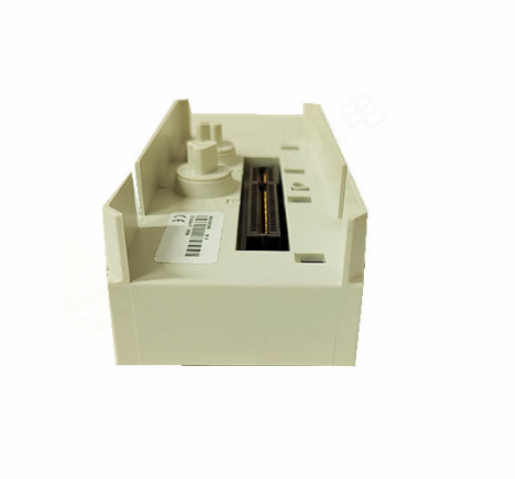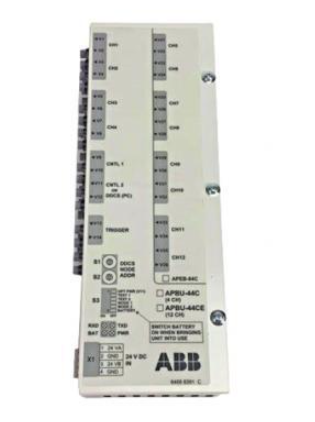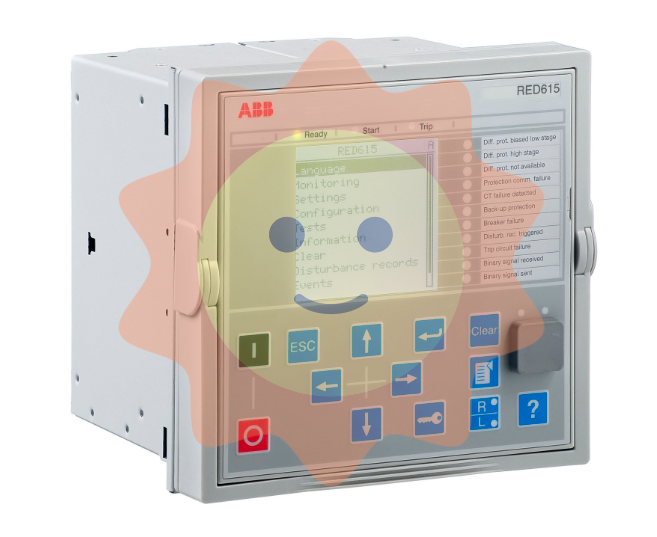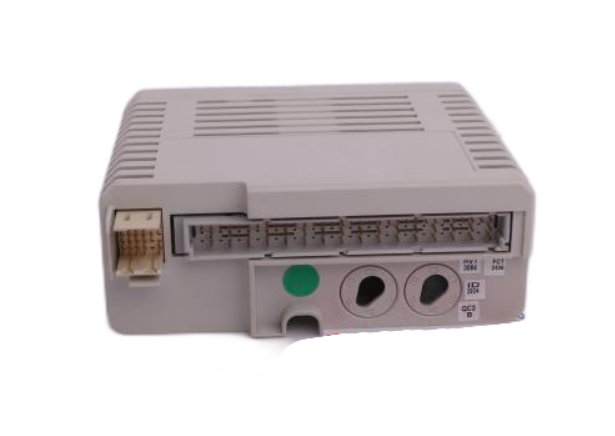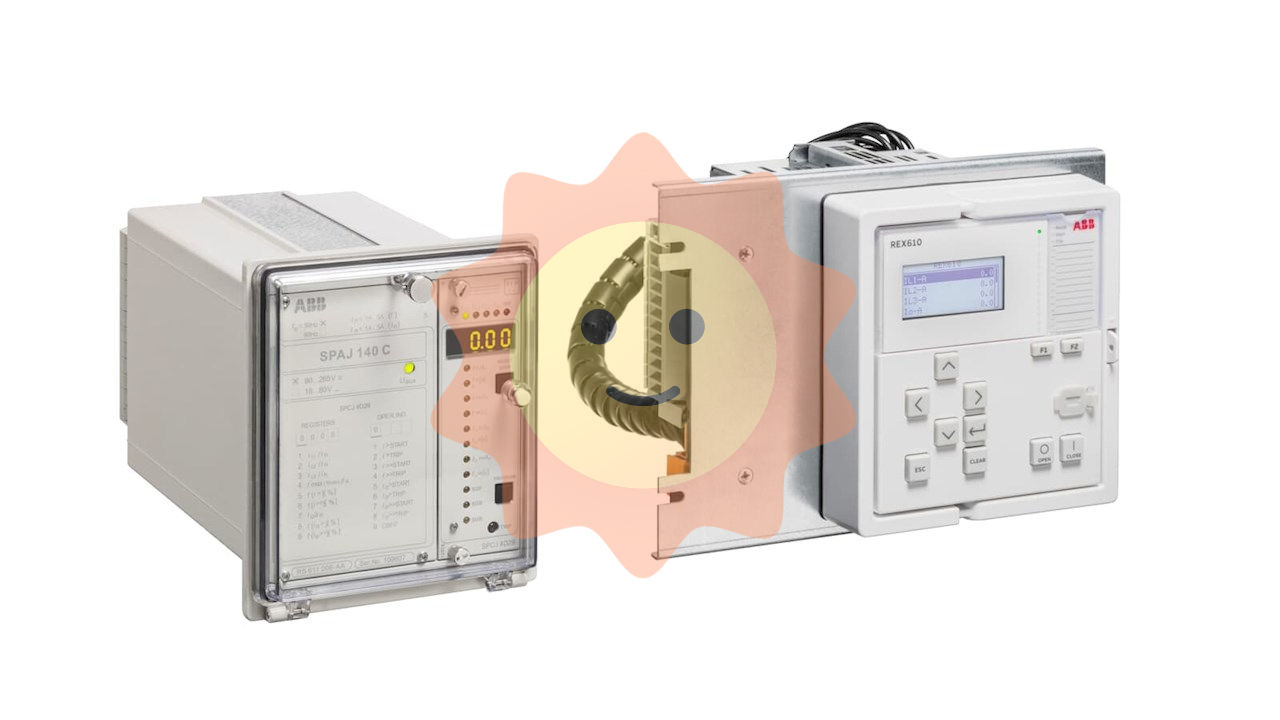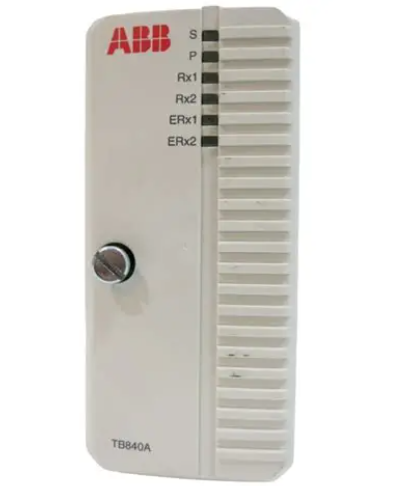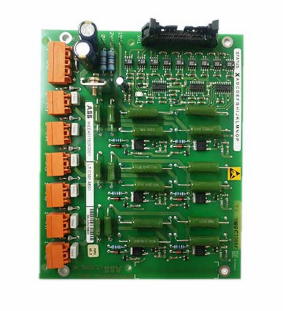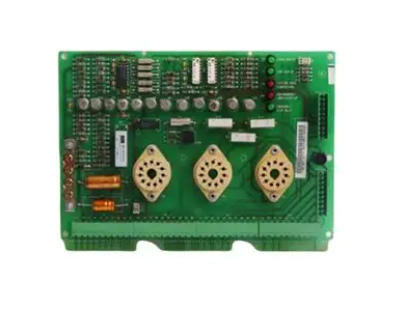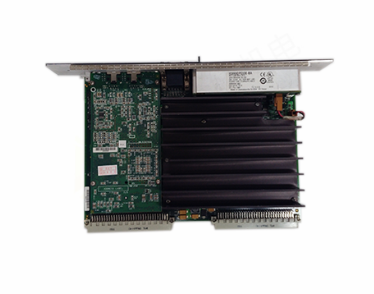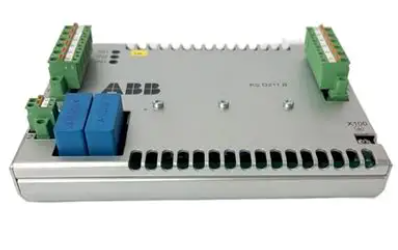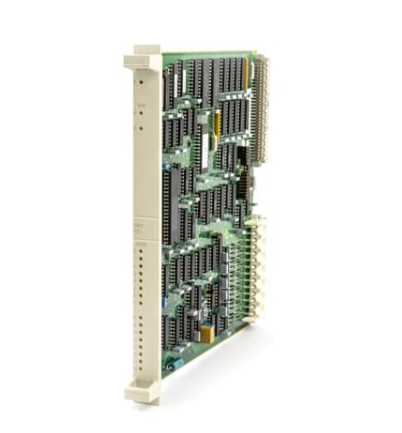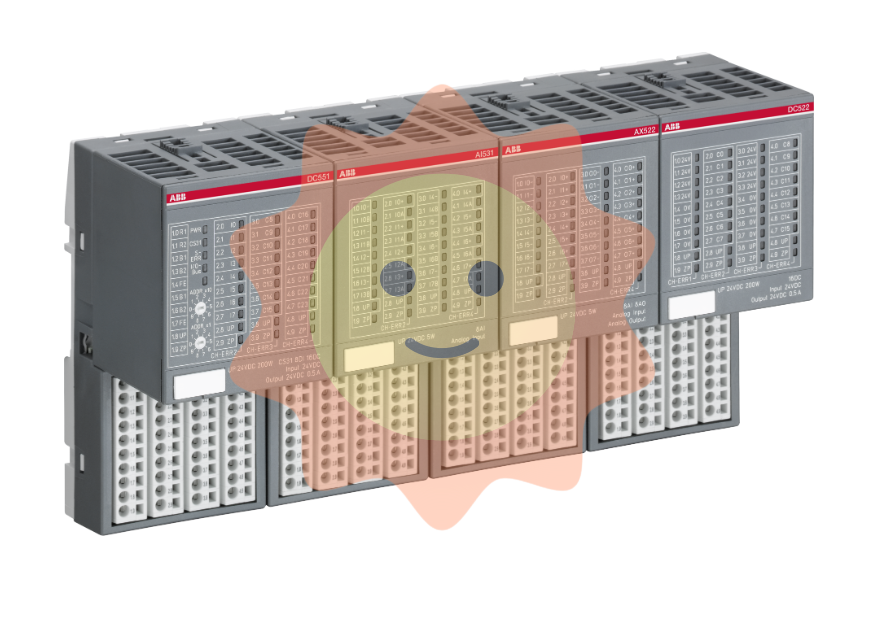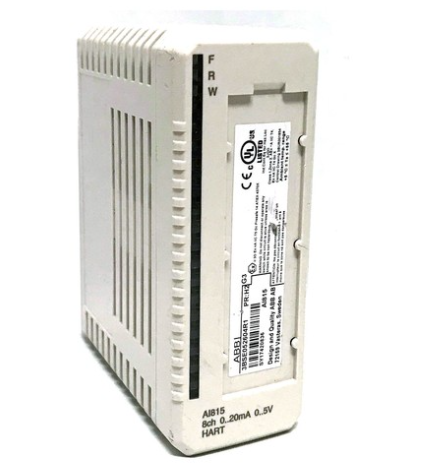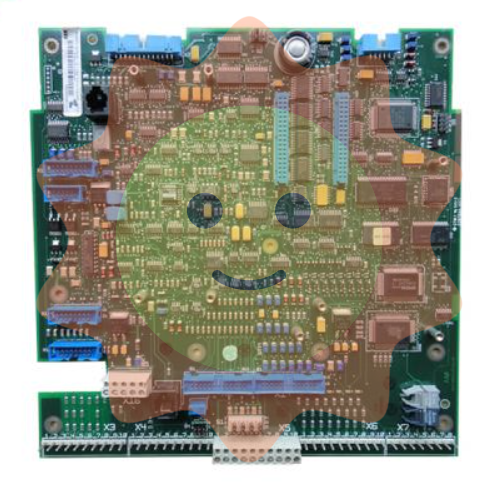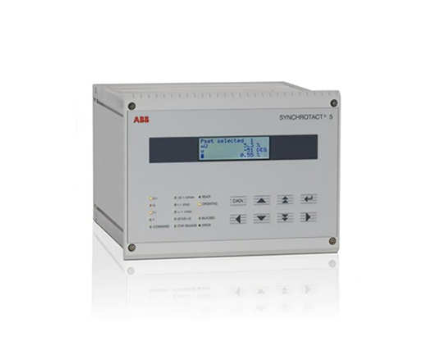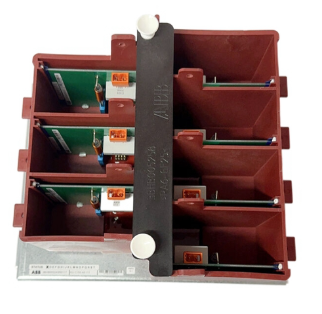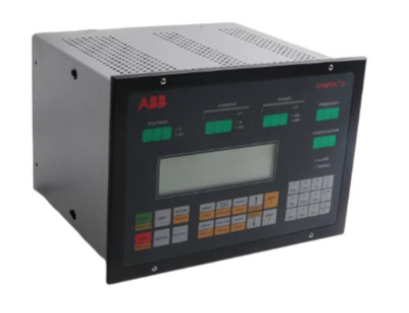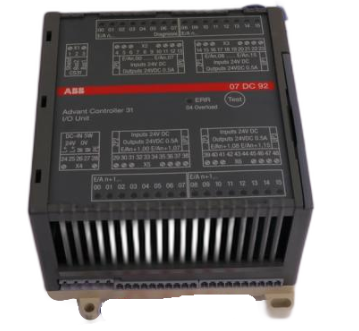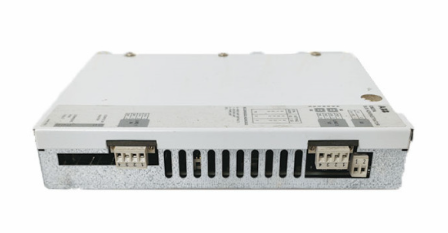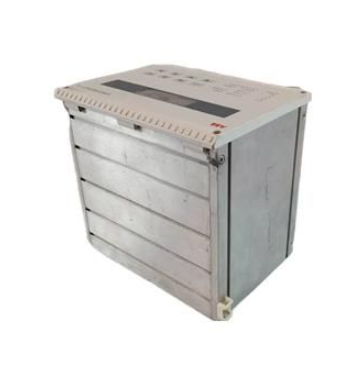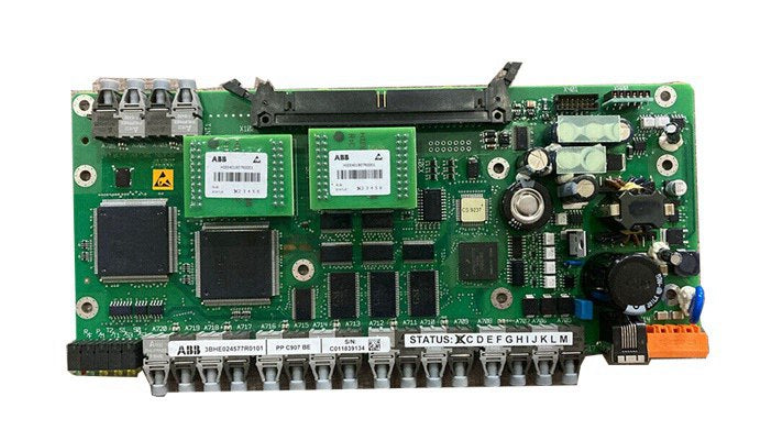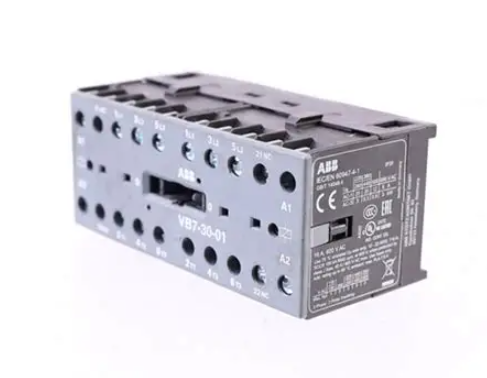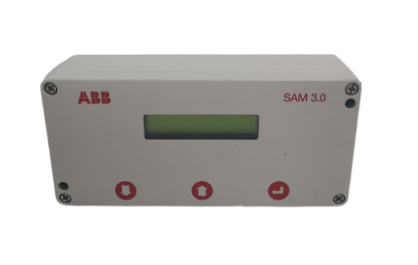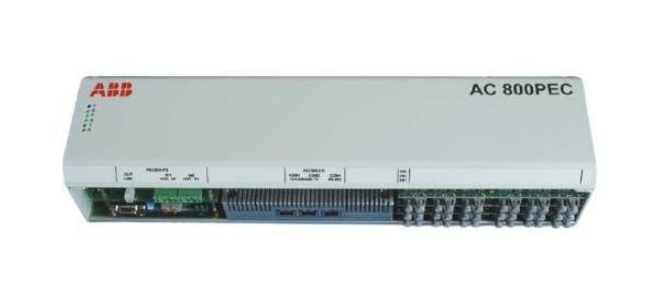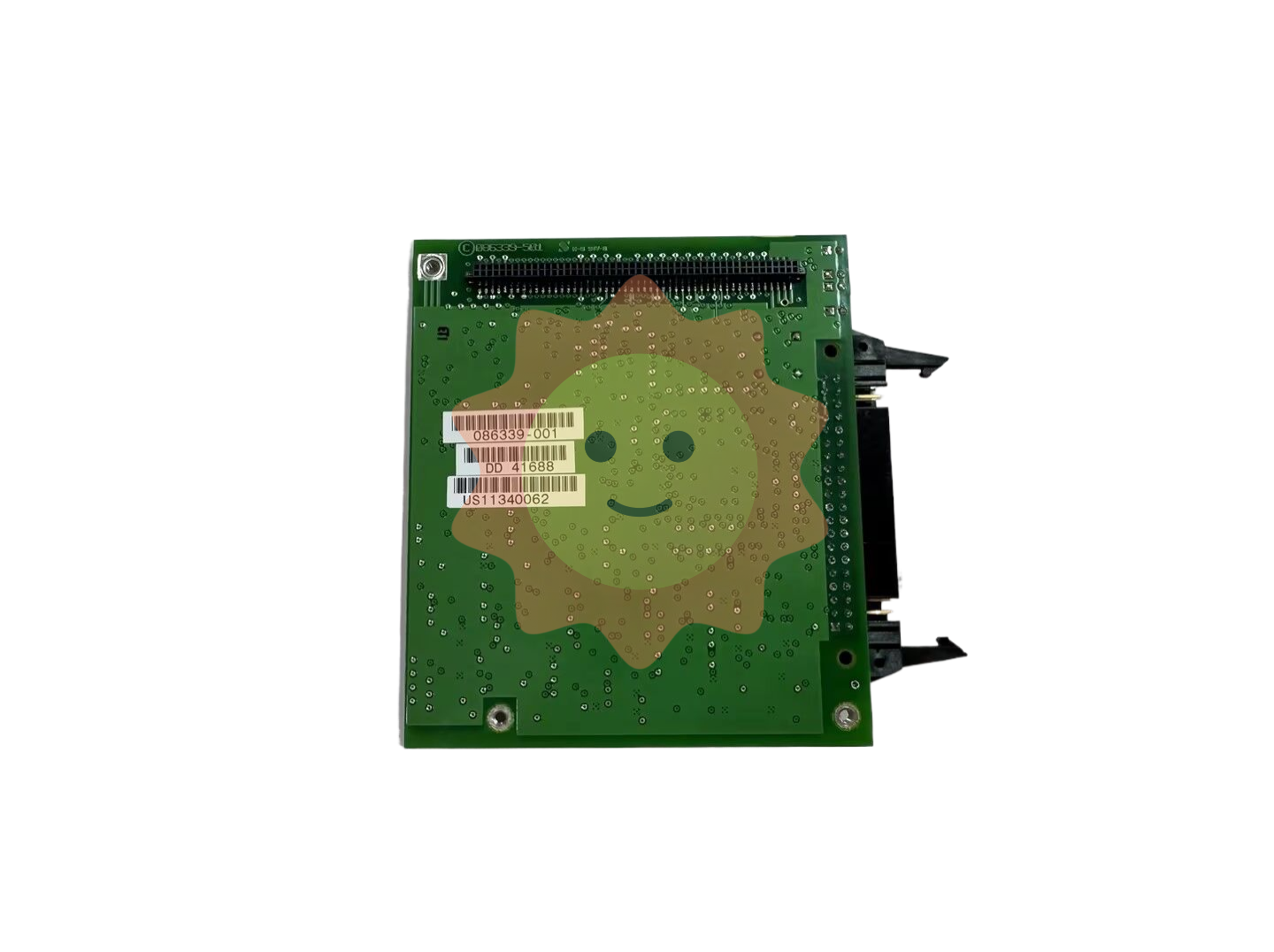ABB MEASUREMENT & ANALYTICS Web Tension Systems with Tension Electronics PFEA113
ABB MEASUREMENT & ANALYTICS Web Tension Systems with Tension Electronics PFEA113
Product overview
1. System composition and functions
PFEA113 is the core control module of ABB's Web tension system, equipped with various types of load sensors such as PFCL 301E and PFTL 301E, which can accurately measure and control the tension of materials such as paper, plastic, and textiles during the production process. The system supports single roll, double roll, and segmented roll applications, and can connect up to 12 load sensors (through multiple PFEA113 combinations). It has 6 configurable analog outputs and 4 digital outputs, suitable for tension closed-loop control and monitoring in industrial automation production lines.
2. Technical features
Measurement technology: Presductor based on ABB patent ® Technology converts mechanical force into electrical signals through the principle of electromagnetic induction, generating measurement signals without the need for mechanical deformation. It has high stiffness, anti vibration, and anti overload capabilities.
Accuracy and stability: 24 bit high-precision data acquisition, measurement accuracy of 0.05%, sampling rate of 10Hz, working temperature range of -20 ℃ to 60 ℃, with 2500Vrms electrical isolation and multiple protection functions (overload, over temperature, short circuit).
Communication capability: Supports various industrial communication protocols such as Profibus DP and Modbus, and can seamlessly integrate with PLC, DCS, and other systems to achieve remote monitoring and control.

Core technical principles
1. Pressductor ® Technical principles
When the load sensor is subjected to mechanical force, the magnetic permeability of the steel core changes, causing a change in the magnetic coupling between the two sets of vertical coils wound on the steel core, thereby inducing an AC voltage signal proportional to the applied force in the output coil. The signal is processed by PFEA113 and converted into a standard output signal proportional to tension (such as 0-10V or 4-20mA).
2. Tension calculation model
The relationship between tension T and the measured force FR of the load sensor is T=Wrap Gain × FR, where Wrap Gain is the winding gain, which depends on installation parameters such as the winding angle and roller diameter of the material on the roller. The system supports setting Wrap Gain through hanging weight method or calculation method to ensure measurement accuracy.
Installation and Debugging
1. Installation requirements
Environmental conditions: Installed in a dry, ventilated, and non strong electromagnetic interference environment, IP 65 version can be used in harsh environments, and IP 20 version is suitable for indoor control cabinet installation.
Mechanical installation: The load sensor needs to be installed horizontally or obliquely to ensure that the direction of force is consistent with the measurement direction. The flatness error of the installation plane should not exceed 0.1mm. Use a torque wrench to tighten the adapter plate with the specified torque (such as 24N · m for M8 screws).
Electrical connection: The load sensor cable needs to use shielded twisted pair cables, maintaining a distance of at least 0.3m from the power cable. The shielding layer should be grounded at one end, and the maximum cable resistance should not exceed 10 Ω.
2. Debugging process
Quick settings (applicable to single/double rollers): Language, unit, and width settings can be completed through panel buttons. After zero calibration, the hanging weight method (applying known weight) or directly inputting the calculated Wrap Gain value can be selected to complete basic functional configuration.
Complete setup: including system definition (roller type, gain scheduling), object type (standard roller/single-sided measurement/segmented roller), nominal load, analog output mapping (such as AO1 corresponding tension sum), digital output threshold (high and low limit alarm), and other detailed parameter configurations.
Functional verification: Check the polarity of the load sensor signal (it should display positive when manually applying force), and ensure normal signal transmission through analog input/output testing.
Operation and maintenance
1. Operation interface
Display and buttons: 2 × 16 character backlit LCD display, supports multiple languages (English, German, French, etc.), navigates the menu through the directional keys and confirm keys, and can view the tension, difference, and alarm information of each roller in real time.
Menu structure: Includes operator menu (real-time data), configuration menu (parameter settings), and service menu (fault diagnosis, reset), supporting quick access to commonly used functions.
2. Maintenance points
Preventive maintenance: Regularly check the torque of the fixing screws and cable connections of the load sensor for looseness, clean the dust on the housing, and use compressed air to clean the debris in the sensor gap.
Fault handling: The system's self diagnostic function can detect flash memory errors, power supply failures, abnormal load sensor excitation, etc. Fault information can be obtained through panel error codes or Profibus communication. Common faults such as "Flash Memory Error" require module replacement, and "Load Cell Excitation Error" require cable and sensor inspection.
Application Fields and Typical Scenarios
1. Main application industries
Paper making and printing: Control the tension of paper during rewinding and coating processes to ensure uniform roll shape and avoid wrinkles.
Plastic film: Maintain stable film tension and ensure thickness consistency in blown and cast production lines.
Textile industry: tension control during yarn winding and weaving processes to improve fabric quality.
Metal processing: tension adjustment during strip rolling and slitting to prevent material stretching and deformation.
2. Application of segmented rollers
Through the collaborative work of multiple PFEA113, it supports the measurement of segmented roller tension with up to 12 load sensors, suitable for wide width material slitting machines and rewinding machines. The segmented roller ratio factor (SRSF) is used to compensate for roller segments without sensors, achieving accurate estimation of the tension of the entire material.
Safety and Compliance
1. Safety Warning
Personnel safety: Cut off the power supply of the equipment and lock it before operation to avoid contact with the load sensor during production line operation.
Equipment safety: To prevent static electricity from damaging electronic modules, power off before replacing components and use anti-static wristbands.
2. Compliance certification
CE and UK certification: Compliant with RoHS 2011/65/EU+AD 2015/863/EU, EMC 2014/30/EU, Low Voltage Directive 2014/35/EU, and relevant electrical safety and electromagnetic compatibility regulations in the UK.
North American certification: Complies with UL 61010C-1 and CSA C22.2 No. 1010-1 standards, certificate numbers 170304-E240621 and 240504-E240621.
Appendix and Technical Data
1. Technical parameters of load sensor
PFCL 301E: Vertical force measurement, nominal load 0.2-200kN, accuracy level ± 0.5%, protection level IP 66.
PFTL 301E: Horizontal force measurement, nominal load 0.1-20kN, suitable for lateral tension detection.
PFRL 101: Radial tensiometer, directly measuring material winding tension, suitable for single roll single-sided measurement.
2. Electrical parameters
Power supply: IP 20 version 24V DC (18-36V), IP 65 version supports 85-264V AC or 24V DC, with a power consumption of 15W.
Analog output: 6 channels can be configured with 0-10V or 4-20mA, with a maximum voltage output load of 5mA and a maximum current output load of 550 Ω.
Digital input/output: 1 differential digital input (active>16V), 4 isolated digital outputs (0.1A/24V DC).

- EMERSON
- Honeywell
- CTI
- Rolls-Royce
- General Electric
- Woodward
- Yaskawa
- xYCOM
- Motorola
- Siemens
- Rockwell
- ABB
- B&R
- HIMA
- Construction site
- electricity
- Automobile market
- PLC
- DCS
- Motor drivers
- VSD
- Implications
- cement
- CO2
- CEM
- methane
- Artificial intelligence
- Titanic
- Solar energy
- Hydrogen fuel cell
- Hydrogen and fuel cells
- Hydrogen and oxygen fuel cells
- tyre
- Chemical fiber
- dynamo
- corpuscle
- Pulp and paper
- printing
- fossil
- FANUC
- Food and beverage
- Life science
- Sewage treatment
- Personal care
- electricity
- boats
- infrastructure
- Automobile industry
- metallurgy
- Nuclear power generation
- Geothermal power generation
- Water and wastewater
- Infrastructure construction
- Mine hazard
- steel
- papermaking
- Natural gas industry
- Infrastructure construction
- Power and energy
- Rubber and plastic
- Renewable energy
- pharmacy
- mining
- Plastic industry
- Schneider
- Kongsberg
- NI
- Wind energy
- International petroleum
- International new energy network
- gas
- WATLOW
- ProSoft
- SEW
- wind
- ADVANCED
- Reliance
- YOKOGAWA
- TRICONEX
- FOXBORO
- METSO
- MAN
- Advantest
- ADVANCED
- ALSTOM
- Control Wave
- AB
- AMAT
- STUDER
- KONGSBERG
- MOTOROLA
- DANAHER MOTION
- Bently
- Galil
- EATON
- MOLEX
- Triconex
- DEIF
- B&W
- ZYGO
- Aerotech
- DANFOSS
- KOLLMORGEN
- Beijer
- Endress+Hauser
- MOOG
- KB
- Moxa
- Rexroth


Email:wang@kongjiangauto.com


